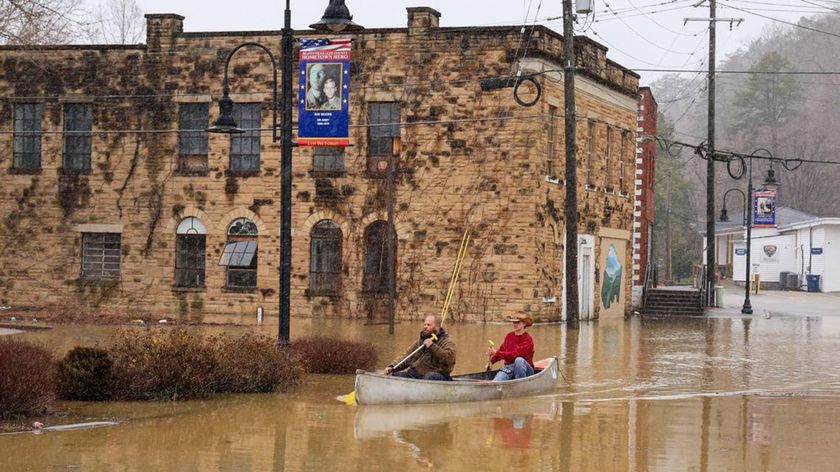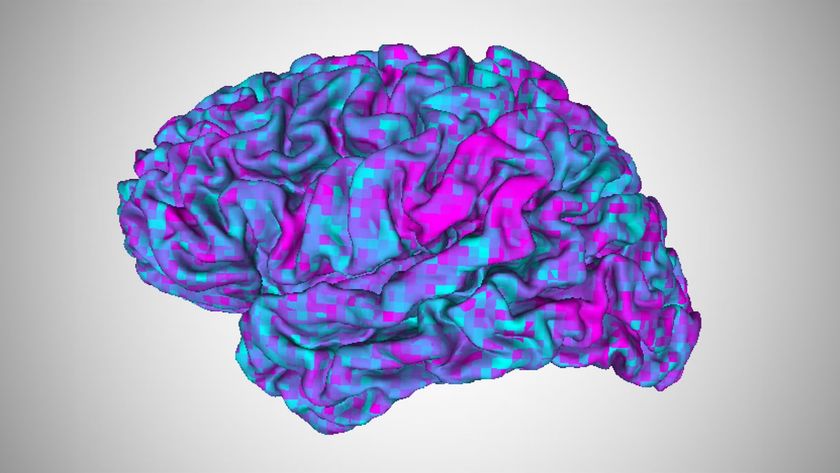How to Find More Time: Give Some Away

Seems there’s never enough time in the day, right? But if you want more time, try giving some away. A new study finds that those who volunteer their time feel they have more of it.
“Although it seems counterintuitive to give away any of your time when you feel your time to be scarce, our findings suggest that even spending small pockets of time to help others can make people feel more effective, and like they can do a lot with the limited time they have,” said study leader Cassie Mogilner of the Wharton School of the University of Pennsylvania.
“Giving time makes people feel like they have more time,” Mogilner told LiveScience.
It’s not the first study to find benefit in volunteering. Research last year found that people who volunteer live longer.
In the new work, a set of four experiments found that when it comes to easing the pressures of time, volunteering beats goofing off or otherwise making time for yourself, and even beats getting a sudden windfall of extra time. In one experiment, 218 college students were assigned one of two 5-minute tasks that had them either giving or wasting time. Giving time involved writing a short email to a gravely ill child. In a survey after the assignment, those who gave their time reported feeling like they had more time than those in the other group.
Giving away time seems to boost your sense of efficiency and competence, Mogilner and her colleagues explain in a paper to be published in Psychological Science, a journal of the Association for Psychological Science.
You don’t need to make a huge commitment to skew your perception of time.
Sign up for the Live Science daily newsletter now
Get the world’s most fascinating discoveries delivered straight to your inbox.
“Carve out 10 to 15 minutes a day to do something for someone else,” Mogilner suggests.
Follow LiveScience on Twitter @livescience. We're also on Facebook & Google+.
Robert is an independent health and science journalist and writer based in Phoenix, Arizona. He is a former editor-in-chief of Live Science with over 20 years of experience as a reporter and editor. He has worked on websites such as Space.com and Tom's Guide, and is a contributor on Medium, covering how we age and how to optimize the mind and body through time. He has a journalism degree from Humboldt State University in California.
Most Popular






